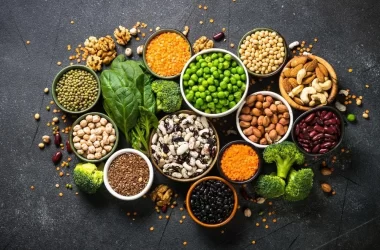Food safety refers to preventive routines in the handling, preparation and storage of food intended to avoid food borne illness and injury resulting from food handling. From field to factory to kitchen, food items can come in any form of food from farm to table to fork. Because of this, food borne illnesses or risks are increasing globally.
There are many food handling practices that result in food borne hazards. Food is handled at various temperatures and in various ways. This results in cross contamination of food. Salmonella, for instance, occurs when bacteria such as Salmonella are introduced in food that has already been handled. It can then accumulate in the process and in time render an innocent consumer sick. Food particles can also be contaminated with bacteria or germs which are introduced into food through direct contact or through biological aerosols or vapors.
The most common food-borne illnesses are food poisoning and food-borne diarrhea. Both can cause serious stomach problems, nausea and fever. Often, food producers cannot control all aspects of their food production, thus food quality may not be maintained at the desired levels resulting in these types of problems. Other examples include food loss due to spoilage or contaminated products, cross contamination of products during processing, and contamination of packaging materials such as used syringes. All these situations can lead to severe consequences for food producers.
Effective food safety hazards risk assessment is a prerequisite for food producers. This assessment involves a thorough evaluation of how the food is produced, how it is stored, how it is handled, and who is affected by the food safety hazards. The assessment then determines what actions need to be taken to minimize or eliminate the food safety hazards. A food safety risk assessment not only focuses on the effects food has on humans, but also on the effects of food may have on the environment and other organisms.
Food hygiene is another important aspect of food safety. Food hygiene refers to the total method of producing, handling, preparing and selling food that meets the standards defined by food safety organizations around the world. Food hygiene can reduce foodborne diseases and reduce food loss. The food industry is required by law to ensure food hygiene and use good safety practices throughout the food production process and throughout the food supply chain as well.
Critical control points refer to areas where food is processed and stored before they reach consumers. The food manufacturers should identify all potential critical control points so that these control points can be effectively implemented. Consumers should understand where their food comes from and the extent of food safety and hygiene problems. This information will allow them to make informed decisions about purchasing products that have a lower risk of food borne illness or other food safety problems. By identifying and addressing food safety and hygiene issues, food manufacturers can provide a higher quality food to consumers while reducing the cost of food supply.








